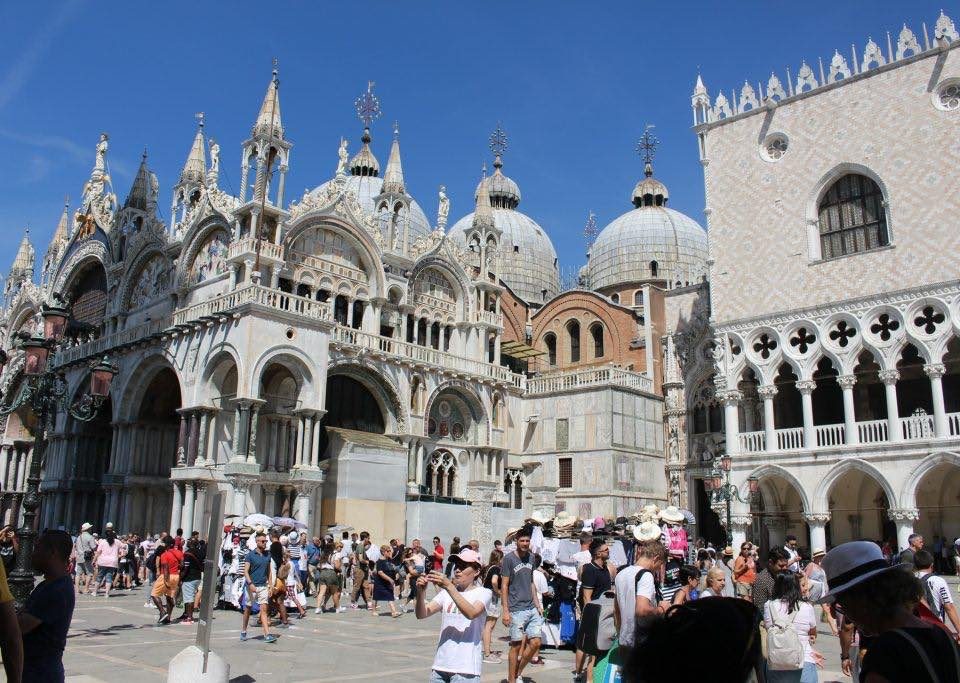Tourists have been warned to stay away from volcanic activity in Iceland, amid another eruption and the re-evacuation of a fishing town, just weeks after a previous scare.
3,800 inhabitants affected
Notable seismic activity has been taking place on the Reykjanes Peninsula, southwest of Reykjavik since November 2023 when the town of Grindavík was evacuated due to nearby lava flows. Now the town has emptied of most of its 3,800 inhabitants again after another eruption on 16 March spilled lava right up to its eastern edge.

The fissure that has opened this time is three kilometres long and sits between the Stóra-Skógfell and Hagafell mountains. According to the Icelandic Met Office (IMO), lava is moving south and southeast at a pace of around a kilometre per hour. So far defensive barriers designed to prevent the lava reaching the main coast road have held, and the lava was said to be 330 metres away from it in an update at 6:30 pm on 18 March. Authorities warn the flow may still reach the ocean, though the lava flow is currently described as slow moving and “stable”.
The latest Icelandic Met Office threat assessment ranks three out of the five relevant “zones” as “very high” or “high risk”. Near Grindavík, hazards include “sinkholes above fissures, fault movements, lava flows, and gas emissions”.

Local spa resort closed
Nearby, the Blue Lagoon resort is once again temporarily closed. Its website tells potential visitors that “due to a volcanic eruption that commenced at Sundhnúkagígar on March 16, we have evacuated and temporarily closed all our operational units.”
The closure will last through Wednesday 20 March when the “situation will be reassessed,” the Lagoon said. The resort is contacting all guests with reservations during the closure and notes “facilities remain in good condition and are surrounded by protective barriers”.
Official advisories
While official travel advisories for Iceland from around the world take note of the active seismic threat, they do not go as far as advising against travel to the country. This means tourists are unable to claim on insurances if they choose to cancel their trip.
Tourists should note most of the country remains safe and unaffected. With no significant ash cloud, airports are still open and functioning, including Keflavik airport, a major North Atlantic aviation hub, just 10 km away from the fissure. As the Independent’s travel expert, Simon Calder says, “Icelandic authorities are expert at handling seismic events, with extremely good monitoring and emergency systems in place.”
So good in fact, that some lava flows eventually become tourist attractions in their own right in Iceland, but for now anyone going to Iceland is urged to respect local closures, follow official instructions and stay away from the affected area.















